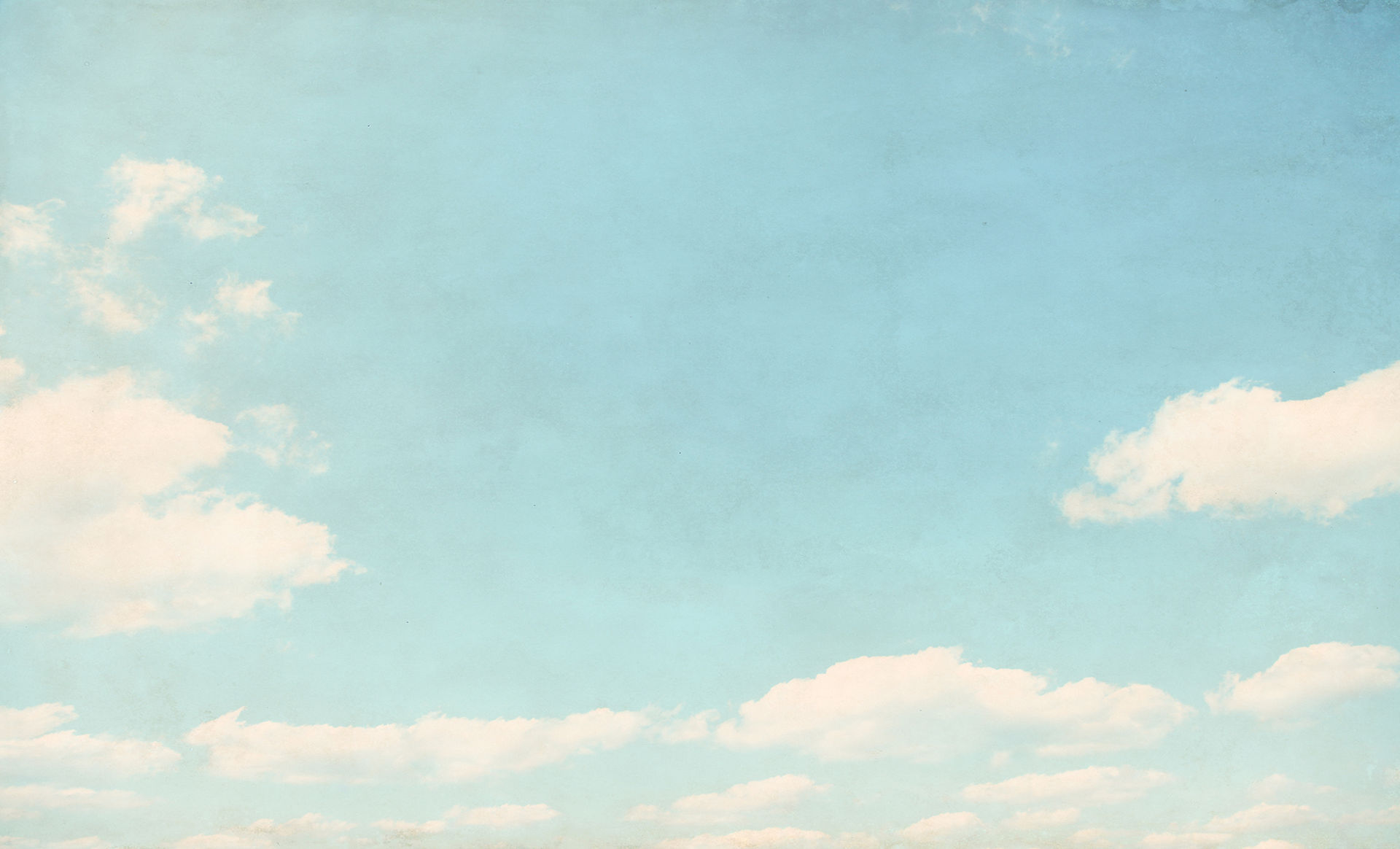
Chelsworth Park
LOCATION
Chelsworth Park is located between Ivanhoe Golf Club and Wilson Reserve.
ACCESS
The Park is reached from Irvine Rd, which leads off from the Boulevarde. A car park is at the end of Irvine Rd, next to the sports area and pavilon. Bailey's Billabong is adjacent. Wallking tracks lead to Wilson's Reserve and the Yarra.
HISTORY
1840s
The land which now comprises Chelsworth Park was originally part of an expansive land selection named 'Chelsworth' purchased in the 1840s by Captain Brunswick Smyth, formerly of Her Majesty's 50th Regiment. This was then purchased in 1846 by Patrick Stevenson and operated as a dairy farm and orchards
1900
The back rooms of the stone and timber homestead, known as Chelsworth House, were rented by a farmer/grazier and his family, and the garden, orchard trees and dairy structures were abandoned and unkempt.
1901
The opening of the direct rail link between Heidelberg and Melbourne spurred the subdivision of a number of nineteenth century estates as residential[properties. Chelsworth Estate was amongst the earliest of these.
1902
The northern section of the estate, comprising all of the streets south-east of Studley Road, east of Marshall Street, north of Lower Heidelberg Road and west of Hopetoun Grove was subdivided by surveyor Peter Wilhelm Tuxen. The southern area, including today's Chelsworth Park, remained largely rural.
1924
Seven acres of the riverside section of the estate were purchased by the community and donated to Heidelberg Shire Council for public parkland. This became Wilson Reserve.
1931
Heidelberg Shire Council added to this the purchase of a further 50 acres of Chelsworth Estate immediately adjacent to Wilson Reserve. This was in part initiated by the newly appointed Melbourne Town Planning Commission which had, in 1924, urged council acquisition of land for recreation and open space purposes before subdivision and residential development made it prohibitively expensive. Over the
ensuing years the Council developed various sporting and recreational facilities on the site.
I940s
A miniature railway was constructed around the billabong and functioned as a weekend tourist attraction for a number of years. It was removed because of flooding and vandalism around 1960.
1950s and 60s
The Park became the focus of many local efforts to conserve its natural beauty and environment. Noted landscape designer Ellis Stones, as first president of the Ivanhoe River Parklands Protection League formed in 1955, was active in its care, especially as the Park abutted his property.
1954
Stones wrote to the Argus with a plea to 'Save our bushland', decrying the death of trees in a dry Chelsworth Park billabong that was being used by Council as a tip, and alienation and destruction of bushland as an addition to the golf course. Stones suggested that Chelsworth Park could be taken over as a 'national park', providing sanctuary for platypuses and native birds. Opposition to such destruction was continued by Robin Boyd in an article in the Herald the following year, regarding the ravage of a beauty spot such as Chelsworth Park.
During this period, an attempt to drain and fill in the Horse shoe Billabong in Chelsworth Park to add to the adjoining golf course was stopped by concerned individuals, referred to as 'night raiders' who, at night, would block up the drainage channels which had been dug during the day. Ellis Stones was actively involved in these acts of civic disobedience, and after many battles between concerned community members and the Council, the natural habitat of the Horseshoe Billabong was finally preserved. Today, as 'Bailey's Billabong', it bears the name of one of its staunchest supporters, Chris Bailey.
1963
Vandalism was a continual problem in the Reserve, and an 'honorary vigilance officer' was appointed.
As part of his numerous works for Heidelberg Council, Ellis Stones prepared a cost estimate for a total landscape treatment at Chelsworth Park (it is not known if this was implemented), and consulted on various Council pavilions, including a changing pavilion at Chelsworth Park. On his suggestion, and with considerable Council resistance.. Architect Graeme Gunn was commissioned to design this building. Gunn, together with Kevin Borland and Daryl Jackson, was one of the most significant participants in the development of Melbourne Contemporary Architecture in the 1960s and 1970s.
1976
The Chelsworth Park Sports Pavilion received a citation award from the Royal Australian Institute of Architects

School Footy training in the Park (May 2015)